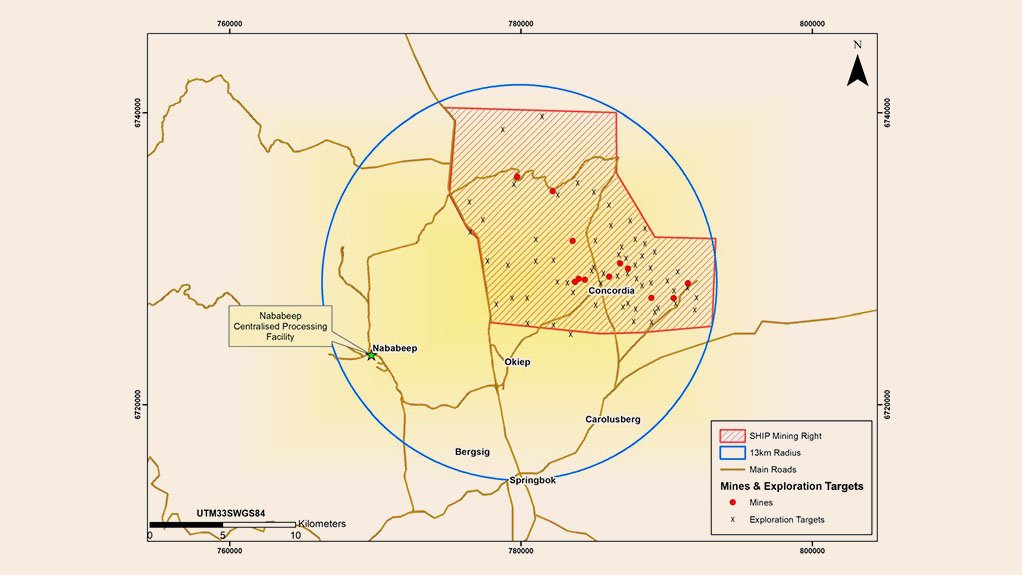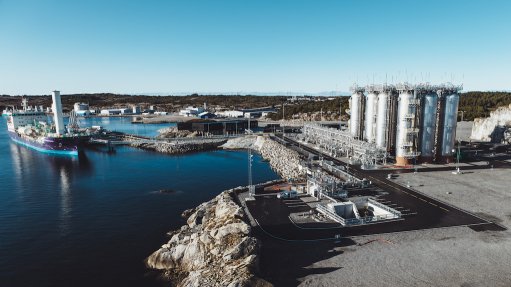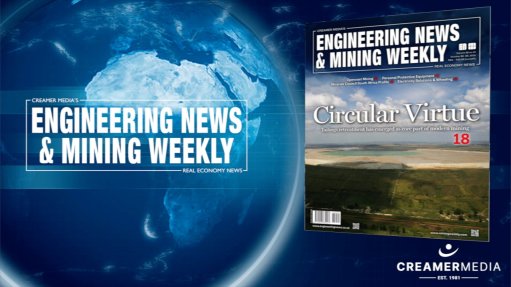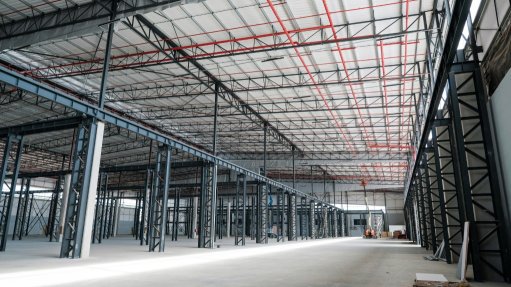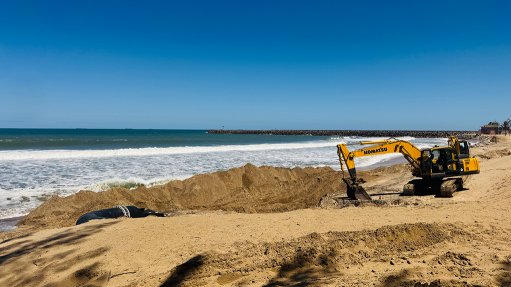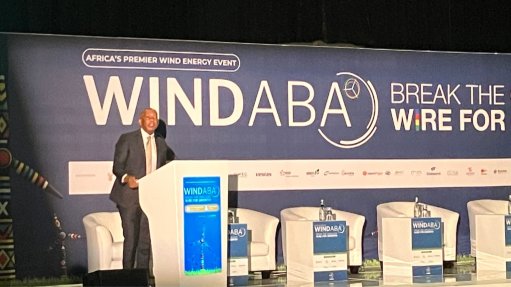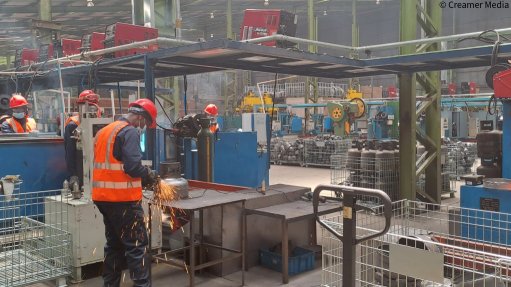Cluster mining model promising steady-state advantage for Copper 360
Conventional mining typically focuses on a single large operation. In contrast, what is unfolding on South Africa’s Northern Cape Copper Belt is the deployment of a cluster mining model, which embraces 12 opencast and underground mines that are being developed in a manner akin to artisanal mining.
The dozen mines – and in time there will likely be many more as the cluster area hosts another 50 exploration sites – will all make use of the same copper processing infrastructure.
Interestingly, the cluster mining model being implemented by Johannesburg Stock Exchange (JSE) AltX-listed Copper 360 allows for the simultaneous development and operation of multiple mines in a single region.
This provides an opportunity to sidestep mining’s usual downtime, grade fluctuation, development and depletion challenges, in a way that single large-scale operations cannot.
Put more clearly, when one mine experiences production issues, the other mines are made to lift their game to keep output on an even keel.
The 12 opencast and underground mines in question are within 13 km of one another, across more than 19 000 ha.
All will process their ore in Nababeep, the Namaqualand copper town 19 km north-west of the town of Springbok.
The orebodies include Rietberg – which is already in production – Jubilee and Homeep – which are next in line to do so – as well as Klondike, Wheal Julia North, Whyte’s West, Koeëlkop, Hoogkraal and Waaihoek.
While the mines are geographically close, they differ in size, ore grade, stage of development, and operational status, reflecting a form of risk-lowering that diversification normally provides.
If one site within the cluster experiences a drop in ore grade, focus will be shifted to a site that hosts higher grade ore, or the rate of higher grade extraction will be stepped up to ensure steady-state production.
This dynamic approach makes the best of high-, medium- and low-grade orebodies, hedging grade fluctuation and geological surprise through grade mix.
Very importantly, too, the cluster mining model being deployed reduces environmental impact by eliminating the need for multiple waste dumps, with the process area hosting a single tailings facility.
In addition, the processing is scalable and adaptable. Ore from new mines can be added, or material from existing mines scaled down, based on demand, resource availability and technology advancement.
Besides this flexibility, proximity adds logistical efficiency and rapid response.
Development phases will be staggered to ensure that while some mines are being prepared for future production, others are well into revenue generation, which smooths the production curve and avoids peaks and throughs.
The producing Rietberg is a mine of appreciable size, with its three adits giving access to three different levels, which in themselves provide a semblance of mine diversification.
“It’s like the key that unlocks all the other orebodies,” Copper 360 chairperson Shirley Hayes enthused to Engineering News & Mining Weekly in an online interview that reflected her keenness to unlock the opencast Jubilee, followed by Homeep East.
Not being at the mercy of a single mine makes it more likely for cash flow to remain steady.
Moreover, by leveraging the strength of each mine type, the cluster model has the potential to achieve consistent production and profitability.
“Never underestimate the power of having various eggs in one basket,” quipped Hayes, in pointing out a cluster model of the kind being deployed can only be duplicated in an area similar to the Northern Cape Copper Belt, with its different orebodies.
“We’ve been busy for quite a long time. We’ve built our solvent extraction- electrowinning plant, we’ve generated cash flow through the rehabilitation of historic dumps, and we’ve bought Nama Copper, our first concentrator plant, which is in production.”
Copper 360’s second concentrator plant, which is bigger, is on its way to completion, which will leave the company with two concentrator plants – “which, in a way, is also a form of diversification”, Hayes added.
Engineering News & Mining Weekly: Is it correct to suggest that, in many ways, cluster mining resembles artisanal mining?
Hayes: Yes, it can be compared to artisanal mining in that you often find a cluster of artisanal miners surrounding a central process area. The key benefit is the shared infrastructure. Having these mines within 13 km of one another allows us to share transportation routes, infrastructure and services. With the mines located near one another, equipment, personnel, maintenance services can be shared. For example, machinery and skilled workers can easily be relocated between sites as needed, optimising utilisation and reducing downtime. Having mines at different development stages is crucial for balancing downtime and maintaining steady supply. By managing these stages, we can ensure continuous production and minimise the impact of disruption. Within such a process, we can stagger our development phases. Within this is exploration, development and operation, ensuring that there’s always a mix of mines contributing to overall output. As some mines are ramping up, others may be ramping down or undergoing maintenance. That creates a balance of flow and can ensure a seamless end-of-life transition. Very important is the continuous supply chain that cluster mining supports and also maybe a continuous average grade that you can control by mixing grades from the different mines, ensuring that the process facility is able to operate at optimal capacity. There’s also a consistent flow of product to send to market, avoiding supply shortfalls that could lead to loss of income.
Article Enquiry
Email Article
Save Article
To advertise email advertising@creamermedia.co.za or click here
Comments
Press Office
Announcements
What's On
Subscribe to improve your user experience...
Option 1 (equivalent of R125 a month):
Receive a weekly copy of Creamer Media's Engineering News & Mining Weekly magazine
(print copy for those in South Africa and e-magazine for those outside of South Africa)
Receive daily email newsletters
Access to full search results
Access archive of magazine back copies
Access to Projects in Progress
Access to ONE Research Report of your choice in PDF format
Option 2 (equivalent of R375 a month):
All benefits from Option 1
PLUS
Access to Creamer Media's Research Channel Africa for ALL Research Reports, in PDF format, on various industrial and mining sectors
including Electricity; Water; Energy Transition; Hydrogen; Roads, Rail and Ports; Coal; Gold; Platinum; Battery Metals; etc.
Already a subscriber?
Forgotten your password?
Receive weekly copy of Creamer Media's Engineering News & Mining Weekly magazine (print copy for those in South Africa and e-magazine for those outside of South Africa)
➕
Recieve daily email newsletters
➕
Access to full search results
➕
Access archive of magazine back copies
➕
Access to Projects in Progress
➕
Access to ONE Research Report of your choice in PDF format
RESEARCH CHANNEL AFRICA
R4500 (equivalent of R375 a month)
SUBSCRIBEAll benefits from Option 1
➕
Access to Creamer Media's Research Channel Africa for ALL Research Reports on various industrial and mining sectors, in PDF format, including on:
Electricity
➕
Water
➕
Energy Transition
➕
Hydrogen
➕
Roads, Rail and Ports
➕
Coal
➕
Gold
➕
Platinum
➕
Battery Metals
➕
etc.
Receive all benefits from Option 1 or Option 2 delivered to numerous people at your company
➕
Multiple User names and Passwords for simultaneous log-ins
➕
Intranet integration access to all in your organisation



